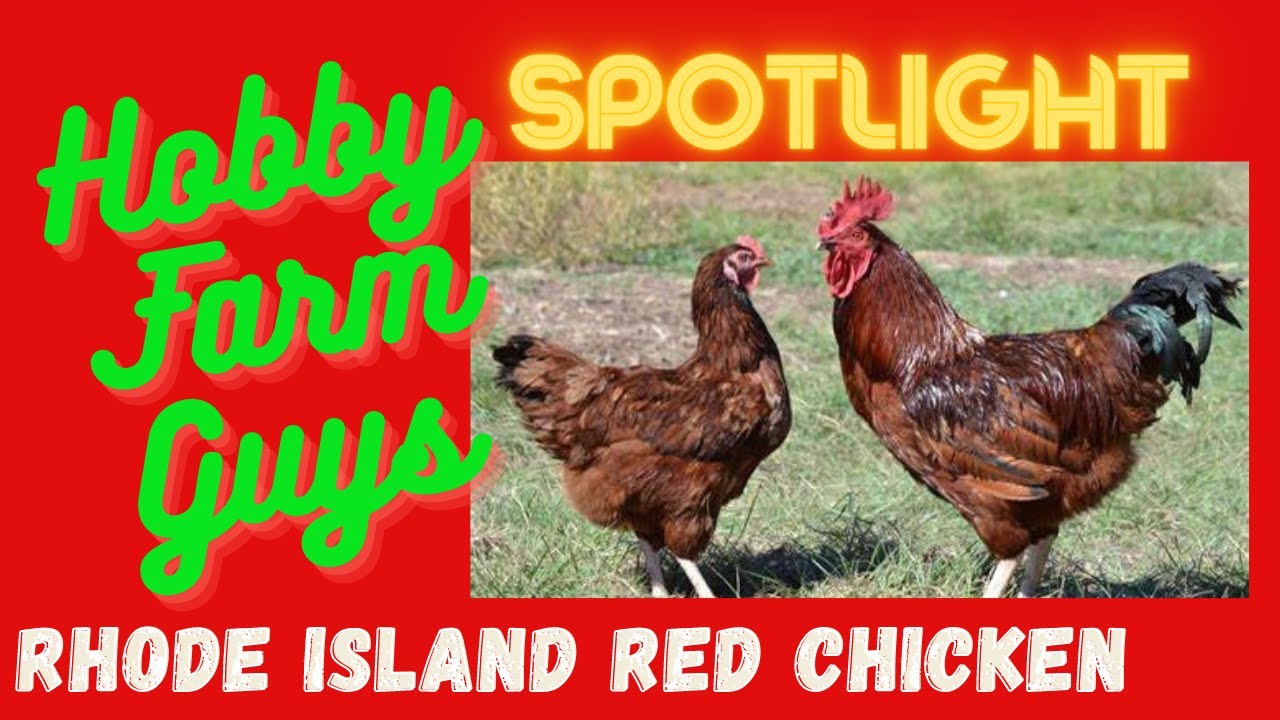Determining the Gender of Your Rhode Island Red
Determining the gender of a Rhode Island Red chicken, also known as a rooster, can be a bit challenging, especially when they are young. However, there are several physical characteristics and behavioral cues that can help you identify whether your Rhode Island Red is a male or female. By examining their plumage, comb and wattle, vocalizations, and behavior, you can make an accurate determination of the gender of your chicken.
Physical Characteristics of Rhode Island Red Roosters
Rhode Island Red roosters possess a distinctive set of physical characteristics that differentiate them from their female counterparts. Male Rhode Island Reds generally have larger and more pronounced bodies. Their combs and wattles are larger, redder, and more prominent than those of the females. Additionally, they tend to have longer and more developed tail feathers, giving them an overall more majestic appearance.
Examining the Plumage of Your Rhode Island Red
The plumage of Rhode Island Red roosters can offer valuable clues about their gender. As chicks, both males and females may have similar-looking feathers. However, as they mature, the males’ feathers tend to develop vibrant colors, such as deep reds and rich mahoganies, while the females’ feathers often remain more subdued and lighter in shade. This color difference becomes more pronounced as the chickens reach sexual maturity.
Identifying the Comb and Wattle of Your Chicken
The comb and wattle, two prominent features on a chicken’s head, can be reliable indicators of gender. In Rhode Island Red roosters, the comb and wattle are significantly larger and more pronounced than those of the hens. The comb is a fleshy growth on top of the head, and the wattles are the two fleshy lobes hanging down from the sides of the beak. In roosters, these features will be larger, more colorful, and denser than in hens.
Understanding Rhode Island Red Rooster Behavior
Roosters, including Rhode Island Reds, display specific behaviors that can hint at their gender. Males tend to be more territorial and protective, keeping a watchful eye on their flock. They may exhibit dominant behavior, such as chest bumping and wing flapping, to establish their authority. Observing these behaviors can provide further evidence that your Rhode Island Red is indeed a rooster.
Vocalizations: A Key Indicator of a Rooster
One of the most unmistakable signs of a Rhode Island Red rooster is their crow. Roosters are known for their distinctive morning calls, which are loud, vibrant, and typically melodic. On the other hand, hens generally produce softer and more subtle vocalizations, often clucking or cackling. Paying attention to the sound and intensity of your chicken’s vocalizations can help confirm its gender.
Signs of Sexual Maturity in Rhode Island Reds
As Rhode Island Reds reach sexual maturity, additional signs of their gender become apparent. Roosters often develop spurs, which are bony protrusions on the back of their legs. These spurs can be felt as small bumps and will typically be absent in females. Additionally, males may exhibit mating behavior, such as mounting hens and performing a characteristic dance-like display known as "tidbitting."
Differences Between Male and Female Rhode Island Reds
Apart from the physical characteristics mentioned earlier, there are other anatomical differences between male and female Rhode Island Reds. Roosters tend to have larger and more muscular bodies, while hens are generally smaller and sleeker. Hens may also have a more curved or rounded tail, whereas roosters’ tails often have a more straight and upright appearance. These variances can assist in determining the gender of your Rhode Island Red.
Rhode Island Red Roosters’ Role in the Flock
Rhode Island Red roosters play an important role within the flock. They act as protectors, watching over the hens and alerting them to potential dangers. Roosters also maintain order within the flock, establishing a hierarchy and ensuring the well-being of the group. Their presence can help deter predators and encourage a more balanced and cohesive social structure among the chickens.
Rhode Island Red Rooster Health and Care Tips
Maintaining the health and well-being of Rhode Island Red roosters is crucial for their overall happiness and longevity. Regular veterinary check-ups, a nutritious diet, and proper housing are essential for their welfare. Providing a clean and spacious coop, regular exercise, and access to fresh water are also important. Additionally, monitoring for signs of disease or injury and promptly addressing any concerns are vital for their ongoing care.
Breeding Rhode Island Reds: Considerations
If you are looking to breed Rhode Island Reds, it is essential to understand the considerations involved. Breeding requires careful selection of healthy and genetically diverse roosters and hens to ensure the production of offspring with desirable traits. It is important to research the breed’s standards and consult with experienced breeders to ensure successful and responsible breeding practices.
Conclusion: Confirming Your Rhode Island Red’s Gender
Determining the gender of your Rhode Island Red chicken may require a combination of physical observations, behavioral cues, and vocalizations. By examining their plumage, comb and wattle, and observing their behavior, you can confidently identify whether your Rhode Island Red is a rooster or a hen. Remember to consider the unique characteristics, health, and care requirements of male Rhode Island Reds, as they play a significant role in the overall dynamics of your flock.





